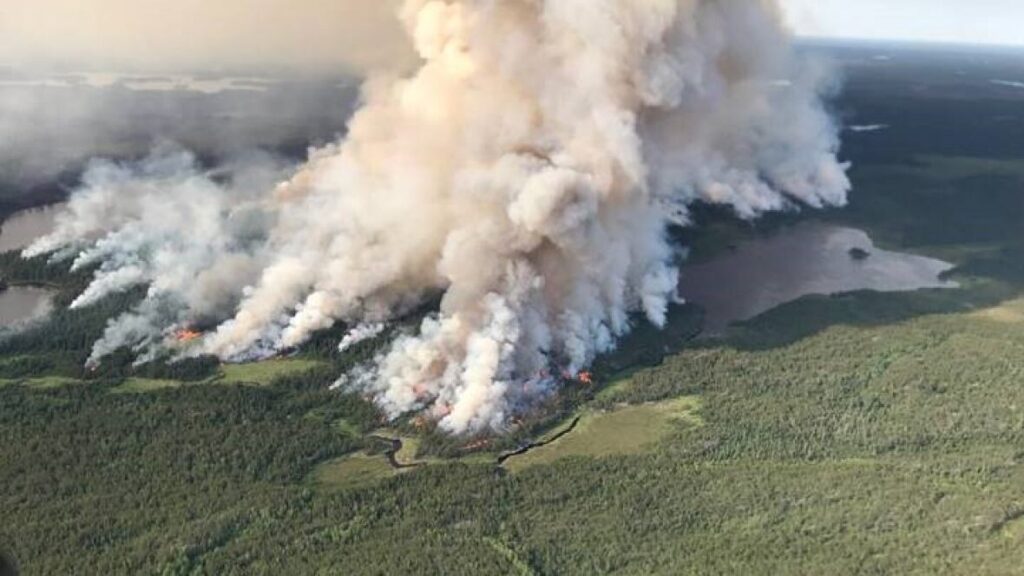
Introduction
Forest fires in Ontario have reached significant levels this 2023 season, becoming a pressing environmental issue impacting communities, wildlife, and air quality across the province. Earlier projections warned of an active fire season, and due to various factors including climate conditions and human activities, the situation has escalated. Understanding the implications of these fires is essential for residents and policymakers in Ontario as the province mobilizes resources to combat these blazes.
Current Situation
As of mid-September 2023, Ontario’s Ministry of Natural Resources and Forestry reports over 600 active forest fires within the province. These fires have been exacerbated by a combination of prolonged dry spells and heat waves, which have created ideal burning conditions. The northeastern areas of Ontario, particularly the regions surrounding Timmins and theb boreal forests, have been the hardest hit, with evacuation orders issued for local communities affected by smoke and flames.
Causes and Impact
The Ontario Wildland Fire Information System attributes many of these ongoing fires to human activities, including recreational campfires and illegal burns. Climate change factors, such as warmer temperatures and erratic weather patterns, have also increased the frequency and intensity of these wildfires. The impact goes beyond immediate damages; forest fires lead to loss of habitat for wildlife, air quality issues for nearby populations, and significant economic burdens due to firefighting costs and damaged infrastructure. Major cities like Toronto and Ottawa have reported air quality advisories as smoke travels south, affecting thousands of residents.
Community Response and Preparedness
In response to the crisis, the Ontario government has deployed firefighting teams, including personnel from other provinces, and has implemented an extensive public awareness campaign highlighting fire safety measures. Residents in higher-risk areas are being urged to take preparedness steps—including creating defensible space around properties and maintaining emergency kits—in case they need to evacuate. Local Indigenous communities are also engaging in traditional fire management techniques to help prevent future wildfires and restore the land.
Conclusion
The situation regarding forest fires in Ontario illustrates the urgent need for a concerted effort in fire prevention and management, especially amid the realities of climate change. As the 2023 fire season continues, it is critical for residents, businesses, and governments to understand fire risks and take proactive measures. The lessons learned during this challenging time will help shape future policies to enhance resilience against wildfires, protecting both communities and natural ecosystems in the years to come.



